HIPPIES
Without the counterculture movement of the 1960’s, so much of what we know and love today about biker customs simply wouldn’t exist. On top of the satisfaction of rejecting the norms of our uptight “polite” society (a reward in and of itself if you ask us), the movement also encouraged folks to embrace values that have allowed us to thrive. The hippies that led the counterculture in America brought exposure to schools of thought that encouraged artistic experimentation, connection to nature, and alternative lifestyles like ours. While a biker is far from the first thing an average Joe would think of as a “hippie” nowadays, we all know that bikers and hippies went hand-in-hand like peanut butter and jelly back in the day! If you’re at all curious about what we’re talking about, read on! Today, we are going to talk all about the free-spirited bohemians, from their origins, to their impact today.


Before we get into the glory days of pot smoking and free love, we need to lay the groundwork for how we got there. In the years preceding the counterculture movement, there were a number of different factors that collectively contributed to a sense of social and political unrest in the United States. Many European immigrants of the 20th century brought a reverence for nature and rejection of the conformist, industrialized world with them. The growing desire for an alternative to modern life in the 50s would be amplified by the Beat generation. Now famous writers like Allen Ginsberg, Jack Kerouac, and William S. Burroughs pioneered schools of thought that were not only critical of America’s materialism and repression — but also expanded on what literature could be with experimental writing techniques that feel cutting edge to this day. Burroughs’ Naked Lunch (1959) and Ginsberg’s Howl (1956) both led to landmark cases that effectively combatted censorship in the United States. Because of the Beats, a whole new generation were exposed to beliefs that went against traditional American ones, and artistic expression was further liberated.

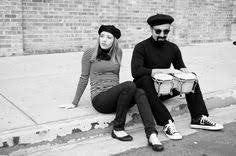
Conservative Americans labeled these men as “beatniks,” a term that you are likely more familiar with than “beats,” and as more and more people began to adopt the countercultural lifestyle, the more the name started to stick. The name was a play on Sputnik, the Russian satellite, as a way to try to lump the group in with communists. Most members of the beat generation rejected the term as their beliefs were separate from communism, but it continued into the 1960s, and became synonymous with the more artfully-minded youth of the counterculture. “Beatnik” began to morph into “hippie” in the mid to late 60s, when popular language began to change. Conservatives again came up with the name, making fun of how “hip” was used as slang for cool. Moral of the story; anything being made fun of by older generations will eventually be co-opted by young people, because it eventually became a label that they proudly self identified with. The important aspects of beat culture remained, like artistic freedom and a rejection of modern consumerism and politics, but these ideas were merely the foundation for what was to come.

By the 1960s, novelist Ken Kesey led the Merry Pranksters, a commune made up of now iconic figures of the hippie movement such as Neal Cassady (also of the beat generation), Mountain Girl, and Ken Babbs. Kesey’s novels One Flew Over the Cuckoo’s Nest (1962) and Sometimes a Great Notion (1964) serve as enduring examples of literature that reflect hippie values — both in terms of the satirical subject matter, but also because of their experimental, often psychedelic writing style. In 1964, the Merry Pranksters traveled the United States in a van throwing parties, dropping acid, smoking weed, and preaching their values to anyone who would listen. Their cross country trip was instrumental to the popularity of LSD among hippies, and in furthering the conversation on recreational narcotics in the United States.

As literature began to reflect a new sensibility (and a use of psychedelic drugs), so did other forms of art. Perhaps the largest development artistically to come from the counterculture was the advent of psychedelic rock. Artists like The Grateful Dead, Jefferson Airplane, and Big Brother and the Holding Company took the world by storm with music that adopted a more laid back, often improvisational approach to songwriting. This music was intended to be listened to while under the influence, and some people will tell you it’s the only way to enjoy it, but honestly we love it no matter our mental states. The Beatles even began to adopt more psychedelic influences on later releases, which shows just how popular the hippie movement had become by the late 60s. A resurgence of folk music was also happening in Greenwich Village, NY and Berkley, CA with artists like Bob Dylan and Joan Baez bringing hippie values and aesthetics to the genre.

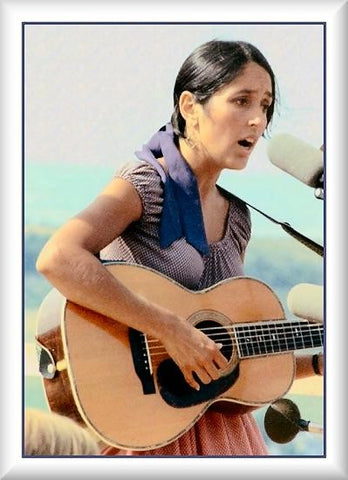
San Francisco and Greenwich Village became focal points for hippies as their numbers grew. These two coastal hubs became saturated with drug-filled parties that encouraged open mindedness and free love. As amazing as all this sounds, being a hippie wasn’t just hanging out and smoking joints (although it certainly was a lot of the time). With such large numbers, protests erupted around the country, and later around the world. Of all the things that the hippies accomplished in the 60s, preserving the fight for economic and racial equality, an end to war, and freedom of expression was by far the most important. If a forest or park was being torn down to make room for a new mall, they would chain themselves to the trees and demand that nature be preserved. Hippies stood for days in front of corporate buildings, animal testing centers, and more in the name of supporting what was right.

While not every protest led to real change, many of them did. Without their anti-war marches, the U.S. occupation of Vietnam would have likely lasted much longer, and the draft would never have been abolished. Even when change wasn’t immediate, the dedication they showed brought awareness to issues that were otherwise unrepresented, which has led to slow change that can be seen and felt today. The changing laws around cannabis legalization, and environmental protection laws all trace back to the hippies of the 60s. Without them laying the groundwork for future generations, who knows what progress we would be missing out on?

By the end of the 60s, hippie culture had fully integrated into the mainstream. Massive music festivals like Woodstock emerged, fashion lines reflecting the changing values gained popularity, and left leaning politics underwent a progressive shift. In many ways, being a hippie had just become a fashion statement, as the social awareness they brought had run its course, and had been co-opted by corporate interests and popular culture at large. Naturally, like any major cultural movement, the bubble had to eventually burst, and that is precisely what happened in 1969. Both the Charles Manson murders, as well as the death and destruction at the Altamont Free concert showed America a violent side to hippie culture that even caused many peaceful members of the counterculture to reevaluate the movement. This “moral panic” of the late 60s shifted American values once again, and trends changed. The punk movement of the 70s took countercultural values to an even further extreme that better reflected the mentality of American youth, and hippies became products of a bygone era.


While it might be obvious to us, not everyone realizes how countercultural us bikers are. Sure we don’t exactly blend into a crowd, but in the conversation about hippies, you rarely hear anyone bring up Kustom Kulture in the modern day. Despite the fact that folks like Big Daddy Roth were clearly a part of the counterculture, films like Easy Rider (1969) showed that many hippies were in fact bikers. Traveling on the open road on a bike was an easy way to live an alternative life, remaining close to nature without ever being tied down to the rules of society. Really, being a biker is one of the most countercultural things you can be. While the movement eventually faded out in the mainstream, we still feel a strong connection to hippies here, and we will continue to keep their spirit alive as long as we can.






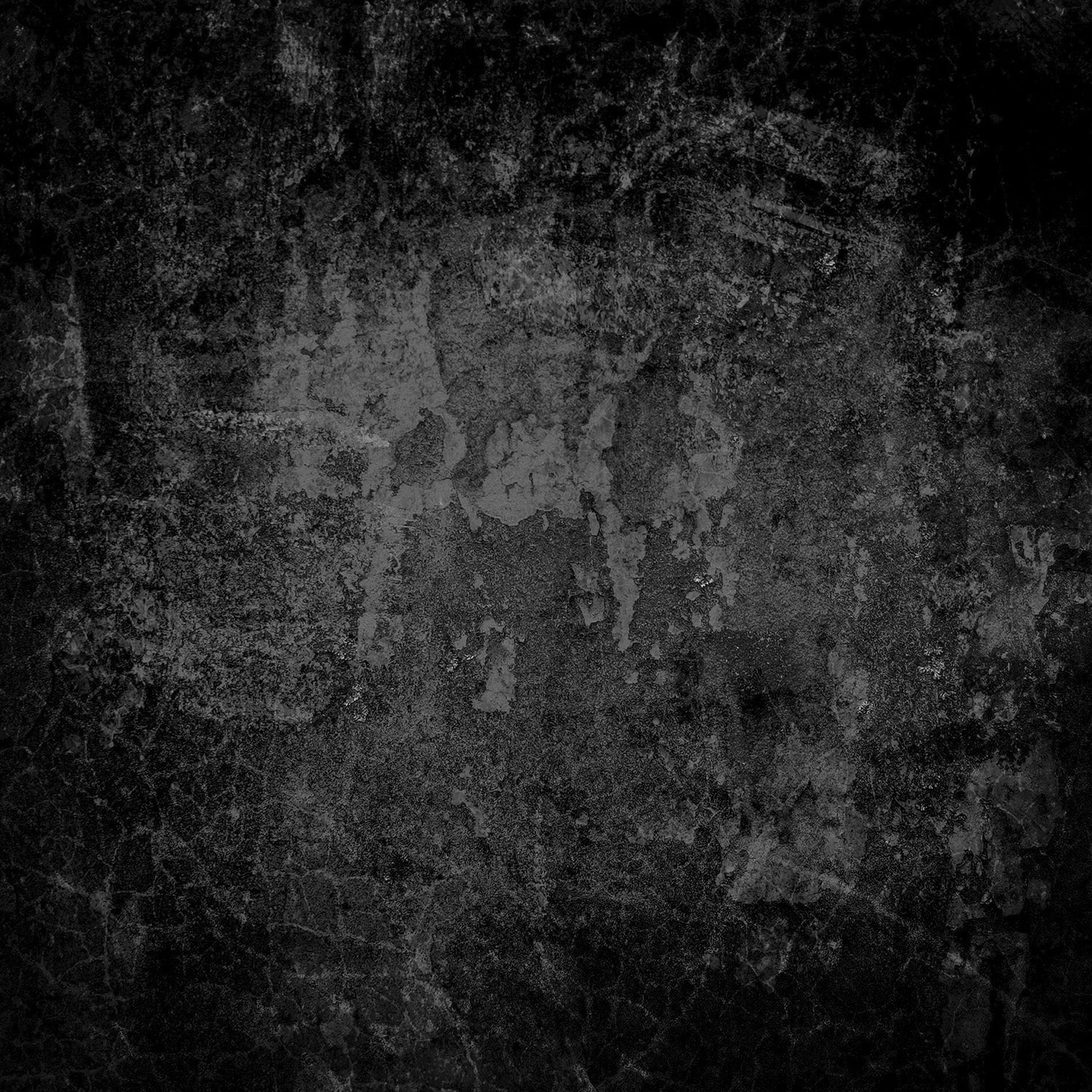

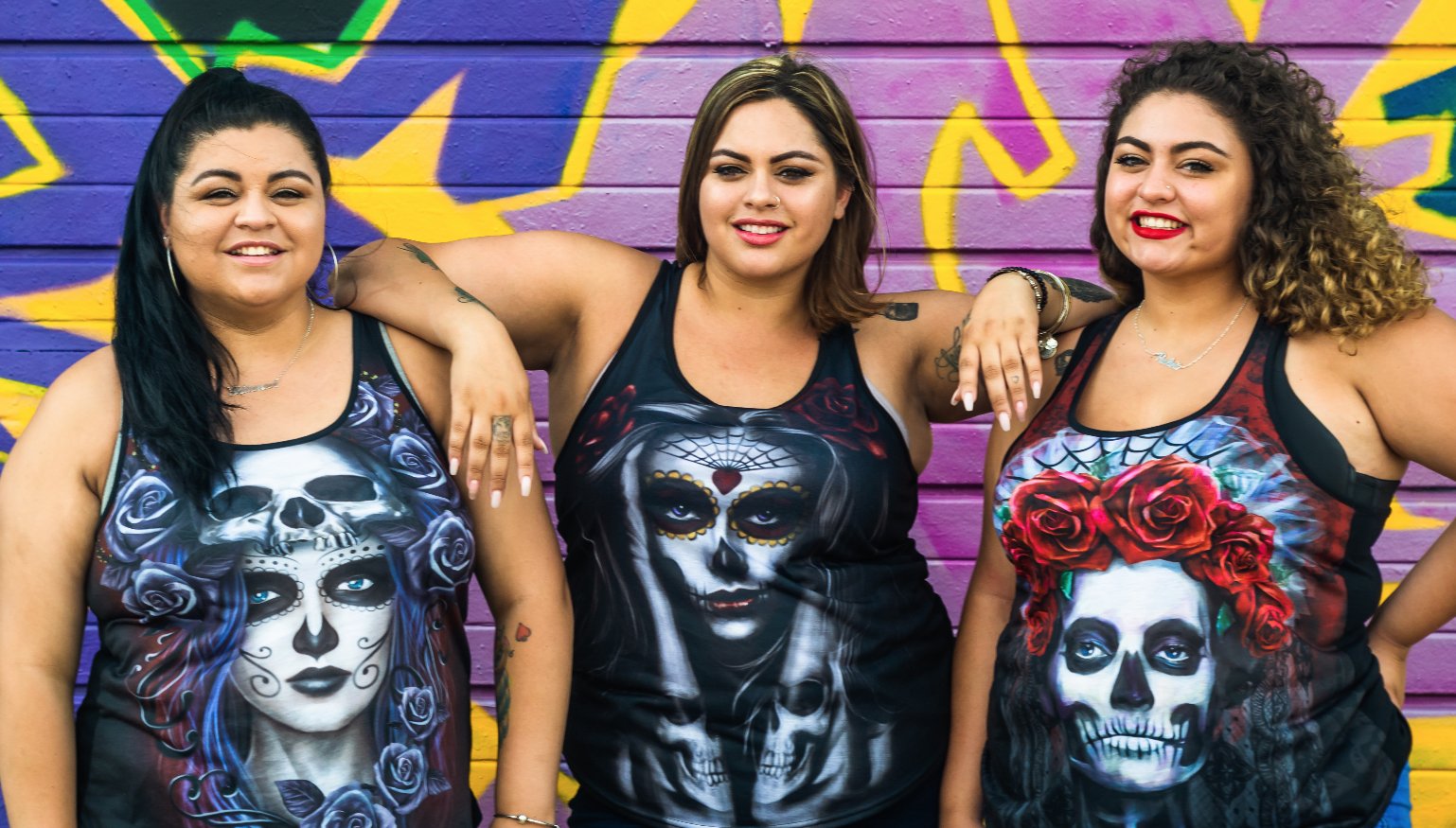


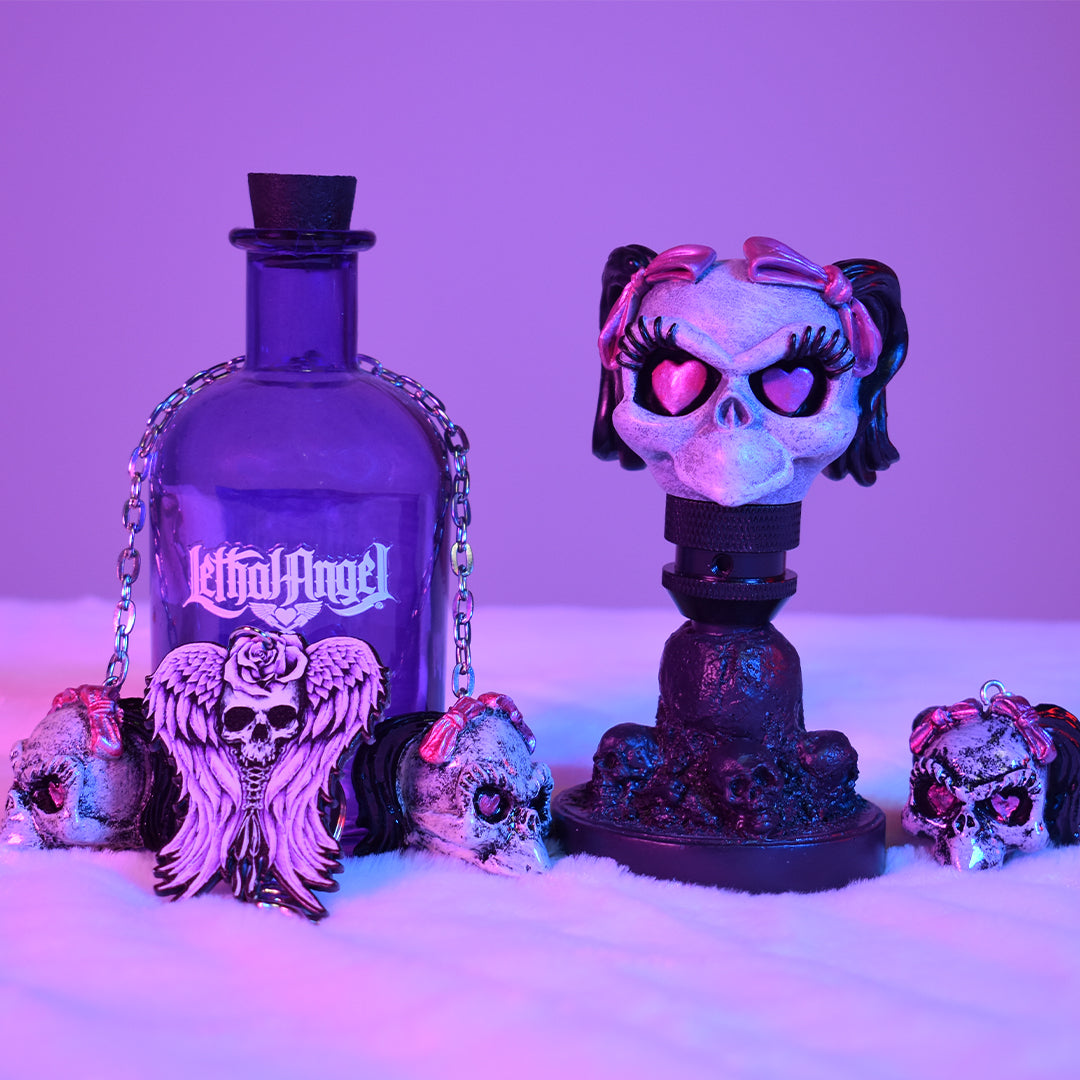


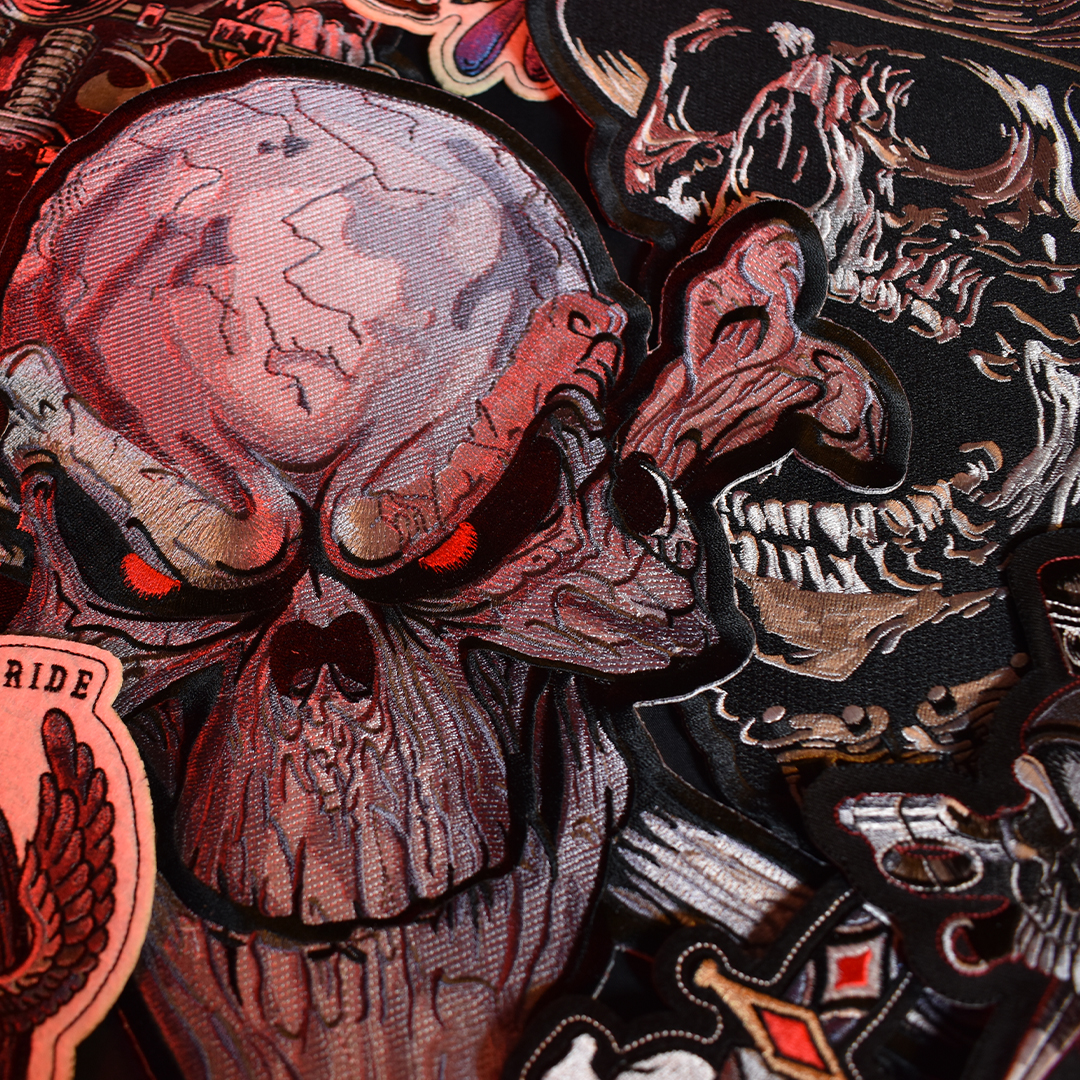
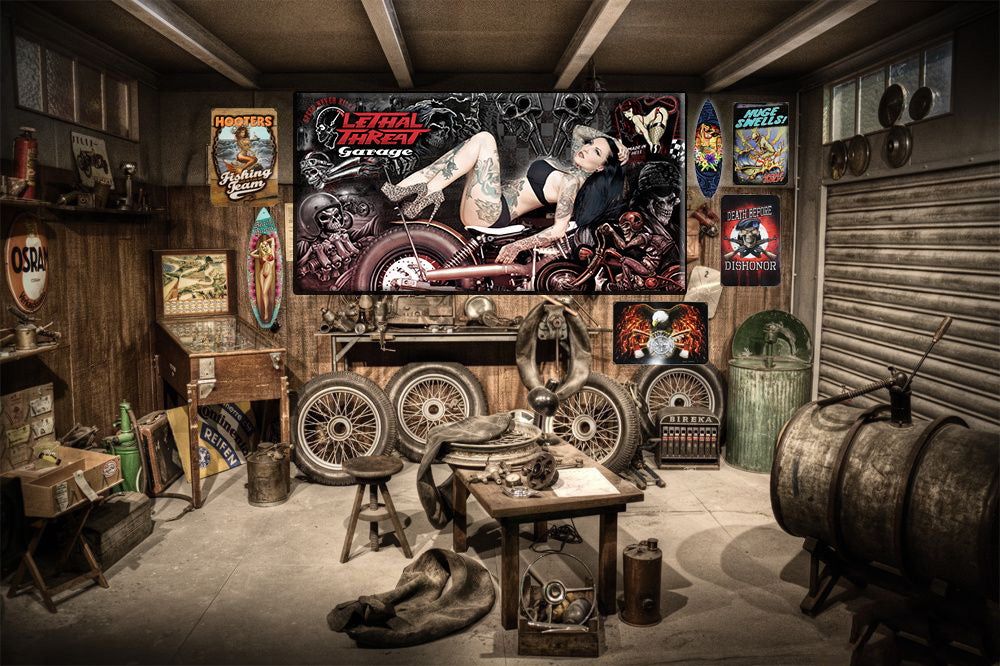

Leave a comment